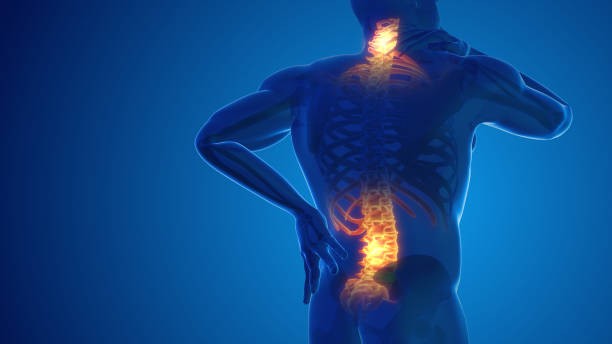Back Pain Management Guide: Easy Ways to Reduce Pain Back pain is one of the most common health concerns affecting people of all ages. Whether due to poor posture, an injury, or a medical condition, dealing with back pain can be frustrating. This Back Pain Management Guide provides simple and effective ways to reduce pain and improve spinal health. By incorporating small daily changes, you can maintain a healthy back and prevent future discomfort. Understanding Back Pain Back pain can be acute (short-term) or chronic (lasting more than three months). Common causes include: Poor posture – Sitting for long hours without proper back support Injury or strain – Lifting heavy objects incorrectly Medical conditions – Arthritis, osteoporosis, or herniated discs Sedentary lifestyle – Lack of physical activity weakens back muscles Stress and tension – Emotional stress can lead to muscle tightness Easy Ways to Reduce Back Pain 1. Maintain Good Posture Poor posture is a leading cause of back pain. Follow these tips: Sit with your back straight, shoulders relaxed, and feet flat on the floor. Avoid slouching when using a computer or mobile device. Use a chair with proper lumbar support. When standing, keep your weight balanced on both feet. 2. Exercise Regularly Staying active strengthens your back muscles and relieves pain. Simple exercises include: Stretching – Improves flexibility and reduces stiffness. Core strengthening – Engages abdominal and lower back muscles. Walking – Low-impact activity that keeps the spine flexible. Swimming – Provides full-body support while reducing strain on the back. 3. Apply Heat or Cold Therapy Cold therapy reduces inflammation and numbs sharp pain (use an ice pack wrapped in a towel for 15 minutes). Heat therapy relaxes muscles and improves blood flow (use a heating pad or warm towel for 15-20 minutes). 4. Improve Sleep Habits Sleeping position and mattress choice affect back pain: Sleep on your side with a pillow between your knees. Use a firm mattress that supports spinal alignment. Avoid sleeping on your stomach, as it strains the back. Maintain a consistent sleep schedule to aid muscle recovery. 5. Maintain a Healthy Weight Extra weight puts pressure on the spine, leading to pain. Reduce the strain by: Eating a balanced diet rich in anti-inflammatory foods. Drinking plenty of water to keep spinal discs hydrated. Engaging in regular physical activity to manage weight. 6. Avoid Prolonged Sitting Sitting for long hours can worsen back pain. Follow these tips: Take breaks every 30-45 minutes to stand or stretch. Use a standing desk if possible. Perform simple back stretches during work hours. 7. Use Proper Lifting Techniques Lifting objects incorrectly can cause back injuries. Keep in mind: Bend at your knees, not your waist. Keep the object close to your body. Avoid twisting your spine while lifting. Quick Pain Relief Techniques Method Benefit How to Do It Stretching Improves flexibility & reduces stiffness Do gentle stretches in the morning & evening Massage Relieves tension & improves circulation Use gentle pressure or visit a professional Walking Reduces stiffness & strengthens muscles Walk for 20-30 minutes daily Deep Breathing Reduces stress & relaxes muscles Inhale deeply for 4 seconds, hold, then exhale When to See a Doctor If back pain persists despite these remedies, seek medical attention if you experience: Severe pain that doesn’t improve with rest. Numbness, tingling, or weakness in legs. Pain after an injury or accident. Difficulty standing or walking. Final Thoughts Managing back pain requires a combination of healthy habits, proper posture, and regular physical activity. By following this Back Pain Management Guide, you can take small but effective steps toward a pain-free life. Make these adjustments part of your routine to support spinal health and overall well-being. For more details please visit our website: https://orthopaedicsolution.com/






















